CDC Relaxes Mask Requirements (Again)
Most of us have suddenly gone from High to Low risk communities.
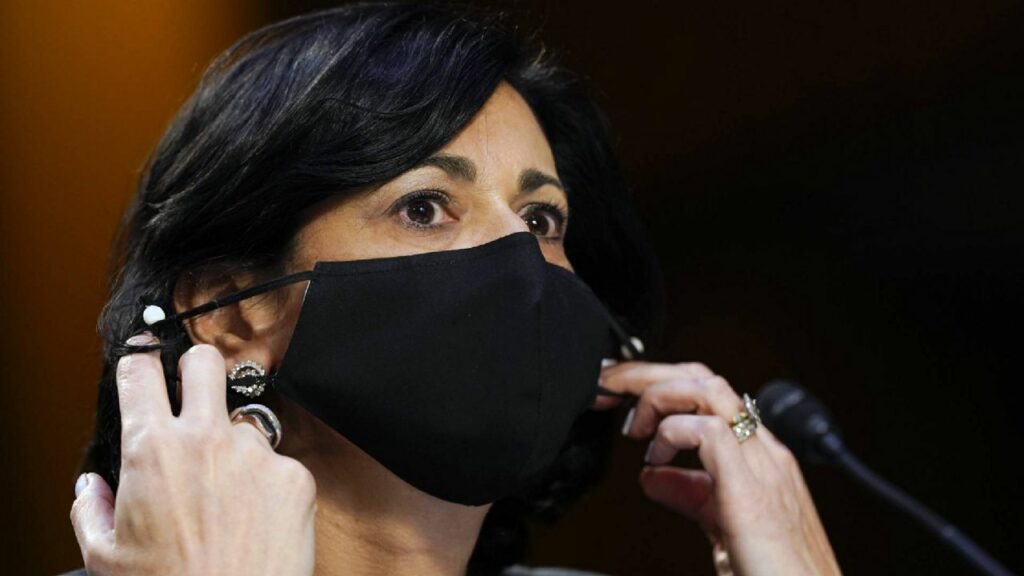
As widely anticipated, the Centers for Disease Control have issued new guidelines on masking, reflecting both the relative waning of the Omicron wave and a public weary of the requirement. They have, however, gone much further than most expected.
WSJ (“CDC Eases Mask Guidelines, Reflecting Covid-19’s Retreat“):
Federal officials eased their guidelines on Covid-19 masking, including at schools, in a shift that reflects decreased risks from the Omicron variant, a steep drop in cases and mitigation efforts nationwide.
The Centers for Disease Control and Prevention on Friday changed the metrics it uses to assess Covid-19 risk by county across the U.S. Risk will now be assessed based on three factors, the CDC said: new Covid-19 cases per 100,000 residents in the past seven days; new Covid-19-related hospital admissions; and the percentage of hospital beds occupied by Covid-19 patients.
Before Friday, the CDC used these metrics to sort counties into one of four risk categories based on Covid-19 case numbers and test positivity rates. Now, the agency is breaking counties down into three different groups: high, medium or low local Covid-19 risk. The CDC’s assessment of Covid-19 levels by county will be available on the agency’s website.
The new guidelines reflect a heightened focus on minimizing severe disease and limiting pressures on the healthcare system, the CDC said.
Masks aren’t necessary indoors where Covid-19 is circulating at low levels, according to the new guidelines. For areas with medium levels of Covid-19, the CDC recommends that people with conditions that put them at higher risk of severe disease talk to their healthcare providers about whether to wear a mask. In areas with high levels of Covid-19, people should continue wearing masks in public indoor settings including schools, the CDC said.
“We are in a stronger place as a nation when it comes to protecting our communities and ourselves against severe disease,” the CDC said.
As of Thursday, nearly 72% of the U.S. population, comprising 63% of U.S. counties, lived in places where the CDC doesn’t advise indoor masking broadly, according to the new metrics. This is a sharp change from the previous guidance based on case and positivity trends, which put more than 95% of all U.S. counties under agency guidance for public indoor masking.
The CDC said people who are symptomatic, test positive for Covid-19 or are exposed to infected people should still don face coverings no matter where they are.
The surprising thing here is the schools, arguably the most controversial issue with regard to this policy. While kids will still be required to wear masks on school buses, they’re not required to wear them in class in most areas.
So, for example, both Fairfax County, Virginia, where I live, and Prince William and Stafford counties, which are adjacent to Marine Corps Base Quantico, where I work, were in the high category this morning. Based on these new criteria, Fairfax and Prince William are now Low and Stafford Medium. My expectation, then, is that the Defense Department will soon suspend masking requirements on base.
Ironically, this suddenly puts Virginia, whose new Republican governor made waves when he issued an executive order last month suspending mask mandates, behind the curve. After a legal standoff, the Democratic state legislature agreed to suspend the mandate on March 1. This morning, Fairfax County Schools sent a passive-aggressive note saying that, while they will comply with the law and allow parents to opt their kids out, they still strongly recommend masking. Unless they issue a quick turnaround, then, kids will be in masks Monday even though the CDC now says they’re unnecessary. (Since it’s a short month, the point will be moot Tuesday.)
A “state of the hospitals” criteria makes more intuitive sense in a highly vaccinated population base than does one based purely on spread. Realistically, though, this means masks could well come back with a new uptick in cases. We’ll see if the politics of the situation allows that.
UPDATE: Upon reflection, it occurs to me that the new threshold may well be designed precisely to combat this issue. “The disease is spreading again” may well generate a “meh” from the vaccinated population whereas “the hospitals are threatened” might generate a more community-oriented response.

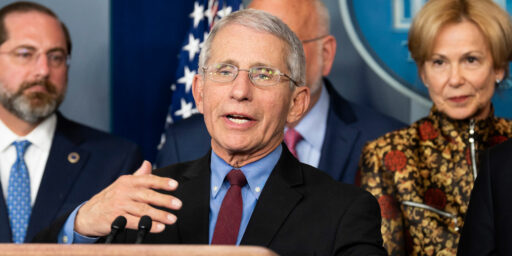
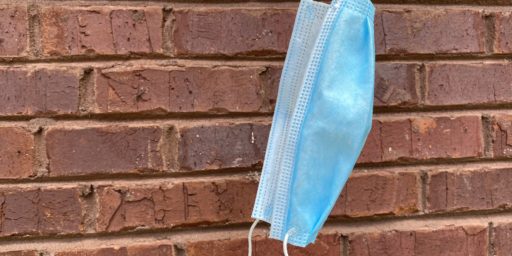
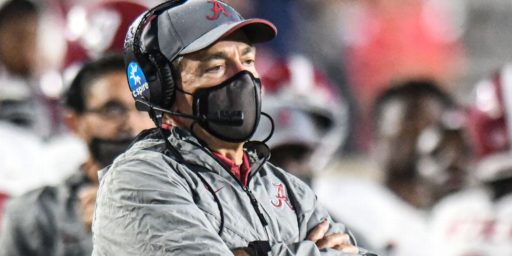
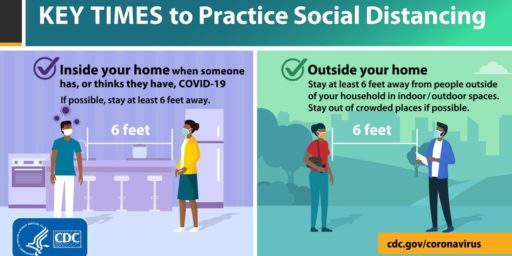
Cases are a leading indicator of hospitalization — waiting for hospitalization to go up is too late. (If we have a variant that causes many infections but no corresponding rise in hospitalization, we would have to adjust that, but we wouldn’t know until the wave was well upon us).
It won’t. In this country, at this time, this is an abdication.
Some lessons need to be learned the hard way.
Some lessons need to be learned the hard way over and over.
And some lessons simply will not be learned.
I hope I am wrong, but this seems like the third case. I expect the next wave will be a shit show.
I was thinking along these lines about the recent and growing easing of restrictions. It’s not that things are getting better for good, or that the trump virus is finally ebbing, because we don’t know that. What’s happening is people are giving up the fight against SARS-CoV-2.
I refuse to give up. If need be, I’ll die with a mask on and not of COVID.
Too soon, but the writing is on the wall.
“more community-oriented response”
This assumes that this country is capable of generating a community-oriented response. That seems unlikely for the foreseeable future.